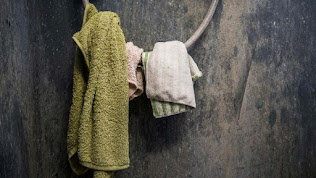Every lender requires borrowers to purchase title insurance — a policy that protects you and the lender from outside claims of ownership of the property. Wait, you may be asking, some random person could show up and claim they own the house? Sounds crazy, but it happens.Let’s say a previous owner didn’t pay all of their property taxes. Because those taxes remain against the property, the taxing entity could potentially take your home if you don’t have a “clean” title. Title insurance also protects you from ownership claims over liens, fraudulent claims from previous owners, clerical problems in courthouse documents, or forged signatures.
The title company will perform a comprehensive search of deeds, wills, trusts, and public records to trace the property’s history and verify that you’re becoming the rightful sole owner of the property.
Typically, lenders have a preferred title company they work with, but ultimately the buyer decides which title company to use. Your agent could offer a few referrals.
Title insurance comes in two forms:
- Lender’s title insurance, which (no surprise) protects the lender. It’s required.
- Owner’s title insurance, which protects you. It’s optional but recommended because it covers your interest in the property. If the insurance company loses a battle over the title in the future but you purchased owner’s title insurance, you’re fully protected. Owner’s title insurance will also cover your legal fees if you have to defend your ownership rights in court.
Unlike most insurance policies, such as homeowners insurance, car insurance, and life insurance, title insurance is paid as a one-time fee at closing. Expect to pay about $1,000 for the lender and homeowner policies combined. However, costs can vary significantly, up or down, depending on the home you’re buying, its location, and the amount of legwork the title company has to perform.
CHECK BACK DAILY AS THERE ARE 9 PARTS TO THIS SERIES. CLICK LINKS AT BOTTOM OF PAGE TO VIEW PREVIOUS POSTS





















